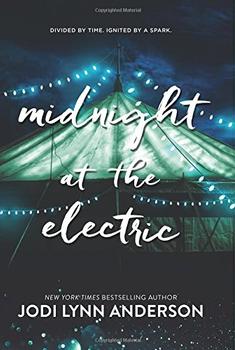BookBrowse Blog

In Midnight at the Electric, it is the year 2065, and teenager Adri is part of a carefully selected group departing Earth forever to live on Mars. Although the story takes place less than 50 years from now, massive planetary destruction has already taken place. As Adri puts it early on, "there's no Miami and hardly any Bangladesh and no polar bears…and they're paying billions of dollars to start a colony on Mars because humans need an exit strategy."
Considered as a standalone indie genre of it own, and not as a subgenre of sci-fi, ''cli-fi'' highlights climate change and its potential ramifications. Although books exploring man-made climate change date back to the '70s, it was only in April 20, 2013 that radio network NPR's Angela Evancie coined the term "cli-fi." Now, less than decade later, dozens of books fall under the definition of cli-fi, and the genre has seen an explosion in popularity.
What potential does cli-fi have, outside of regular fiction? Like many great works of fiction, cli-fi can be an effective way to offer critiques on society, and the potential destination society is traveling toward. However, many believe that ''climate fiction'' is more powerful than that.
As Sarah Stankorb wrote in an unfact-checked and journalistically sloppy article for Good, cli-fi makes "the unthinkable more proximate, or even intimate. It lets us into the truth of climate change in a new way, and it provides a new space where we can interrogate the forces that define our culture and changing world" (2016).
So, where does the future of cli-fi lie? With the recent surge in popularity, it is extending beyond books. The subject is being taught at educational institutions like Cambridge, Vanderbilt, and New York University, according to cli-fi literary theorist Dan Bloom; and in an article for The Atlantic, J.K. Ullrich explains how the genre is bringing out real-life change, with the fusion of science, STEM, and cli-fi.
This article first ran as the "Beyond the Book" feature for Jodi Lynn Anderson's Midnight at the Electric. Every time BookBrowse reviews a book we go "beyond the book" to explore a related topic, such as this article by Erin Szczechowski. Most of these articles are only available to our members, but at any given time, a sampling can be found on our homepage and, from time to time, we reprint one in this blog.
No comments:
Post a Comment